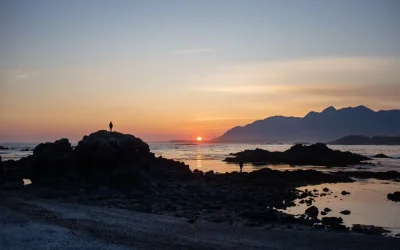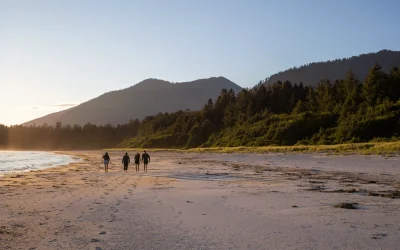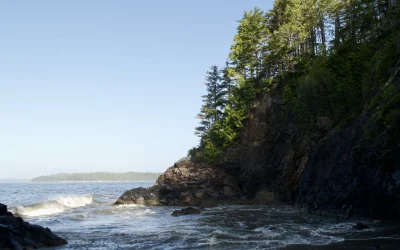"I was impressed with the engagement work that BCMT has undertaken with First Nations along the coast of British
Columbia. I encourage you to continue these efforts, as this is a solid example of citizen engagement and
empowerment in our efforts towards reconciliation. I acknowledge your efforts with First Nations on Vancouver Island, mid-coast and Haida Gwaii, and encourage you to continue making deeper connections and to pursue collaborations as you move forward to achieve the goals of BC Marine Trails. I support your efforts and would encourage any other potential partners and First Nations to collaborate with you as you proceed."
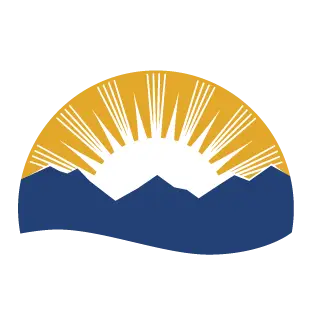
"The initiatives that BCMT have proposed will support capacity building in our Guardian Program, provide valuable employment and training opportunities for Quatsino members and allow us to conduct marine clean up in Quatsino territory. We look forward to working together."
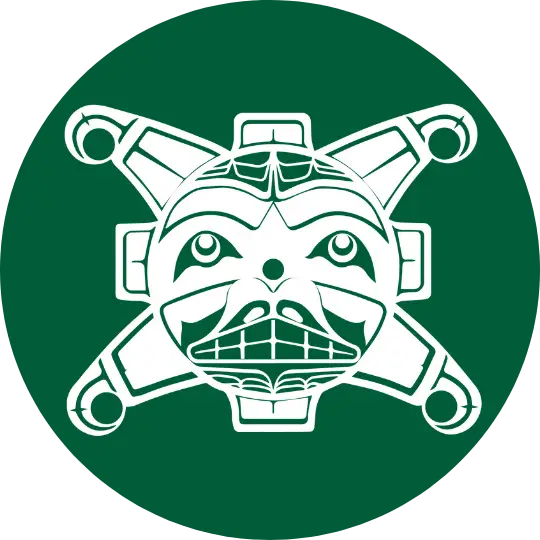
"We were hired in summer of 2021 to conduct an independent review of BCMT's First Nations Engagement
Strategy. We found an organization that is backed by dedicated volunteers that are interested and willing to
approach First Nations as partners. We found that BCMT approached First Nations from a place of respect and
learning. BCMT is becoming as adept at navigating and forging relationships with First Nations as its members are
navigating the waters of this beautiful coast."
Morris Prosser and Zakary MyersFirst Nations Consultants
“BCMT and Mamalilikulla have a shared interest in safety, protection and education. As we continue to foster our relationship we will have a great deal more success in educating people about various parts of Mamalilikulla territory including spiritual parts. Together we can keep these beautiful places for our descendants.”
Chief John PowellMarch 20th 2023 - Gwaxdlala Nalaxdlala IPCA Establishment Presentation
“Our territory is one of the more frequently visited areas on the coast. We have management concerns which focus on the degradation and desecration of cultural and archaeological features as well as environmental change. Our views are always that we have a much better chance at protecting our territory by working with groups like the BCMT.”
Chief John PowellMarch 20th 2023 - Gwaxdlala Nalaxdlala IPCA Establishment Presentation
“We are working with BCMT to promote our visitor protocols, direct paddlers to areas on the map that are sanctioned for use and co-develop a visitor registration with a small fee. We are working to educate paddlers about the cultural features they may encounter and the legal status of such features. Our guardians are always there to help. We believe the path to true reconciliation is through the building of positive personal relationships. We look forward to those opportunities as you visit our territory.”
Chief John PowellMarch 20th 2023 - Gwaxdlala Nalaxdlala IPCA Establishment Presentation


